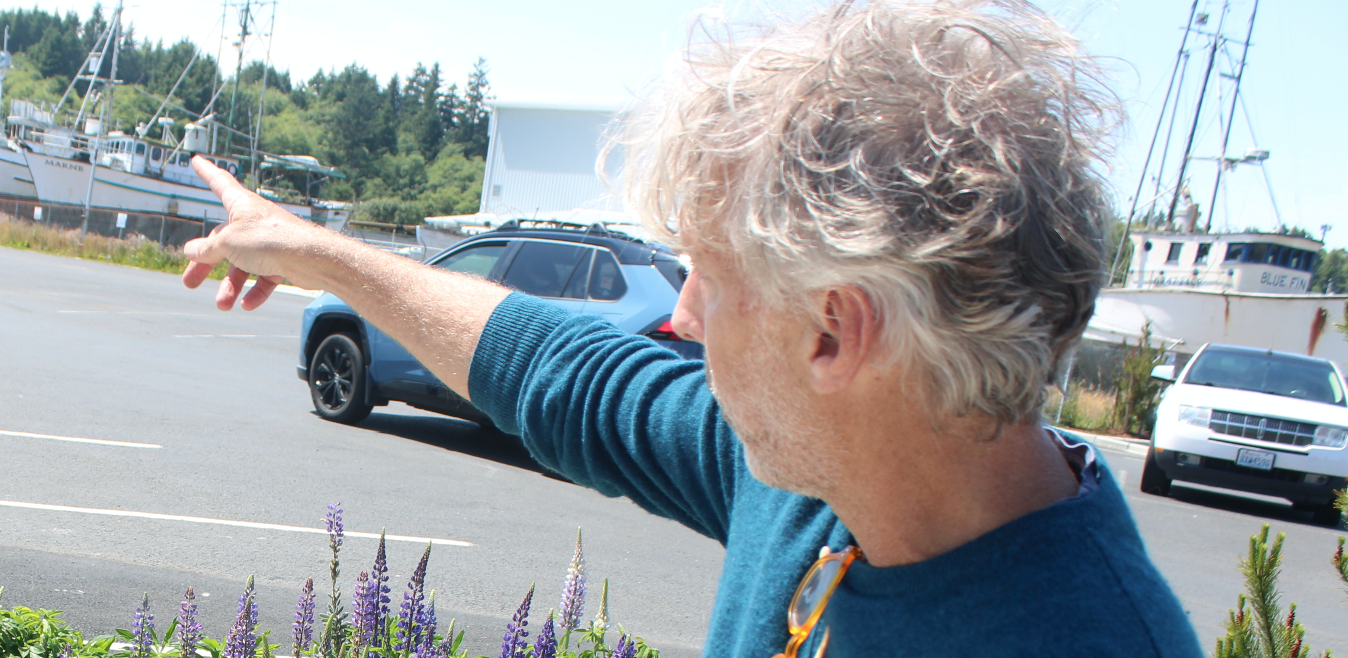Local resident keeps memory of TWA flight 800 alive
Published 5:00 pm Monday, July 11, 2011

- <p>A memorial at Montoursville, Pa., High School features a base engraved with the names of the 21 local victims of the TWA 800 disaster.</p>
SURFSIDE Each year on July 17, Petra Harkins of Surfside holds a candlelight vigil at the beach and reads off the names of the 18 crew and 212 passengers that died aboard TWA flight 800. The Boeing 747 exploded over the ocean just minutes after takeoff from John F. Kennedy International Airport in New York on July 17, 1996. The plane was headed for a routine flight from New York to Rome, with a planned stopover in Paris. This year marks the 15th anniversary of the crash.
A retired flight attendant who worked for 30 years in the industry with 28 of those years at Trans World Airlines (TWA), Harkins had over 20 friends on the flight. It was a horrific night, Harkins says of the event. She quit as a flight attendant shortly after the crash. It was just more than I could handle, she says.
After a four-year long investigation, the National Transportation Safety Board, NTSB, determined that the most likely cause of the disaster was, [An] explosion of the center wing fuel tank (CWT), resulting from ignition of the inflammable fuel/air mixture in the tank. The source of ignition energy for the explosion could not be determined with certainty, but, of the sources evaluated by the investigation, the most likely cause was a short circuit outside of the CWT that allowed excessive voltage to enter it through electrical wiring associated with the fuel quantity indication system.
The second deadliest aircraft accident in the U.S. at the time, it was the most extensive, complex and costly air disaster investigation in U.S. history. And 15 years later, controversy still abounds about the cause of wreck.
At the time of the crash, the three supposed causes were a bomb on board, a missile shot from the ground or a mechanical failure. Early evidence, including witness reports of seeing a streak of light ascending into the sky followed by an explosion and fireballs, led authorities to believe that a missile had been shot from the ground at the plane. But later evidence and reports contradicted this and instead pointed to an explosion in the fuel tank. The exact cause has not been 100 percent proven.
Harkins questions the validity of the final report and is not alone in her disbelief. One theory is that the explosion was a part of a terrorist attack and another is that a U.S. Navy vessel fired a missile that hit the plane and that the U.S. government worked to cover it up. Harkins remembers hearing the final report that was issued in August 2000. We thought to ourselves, boy, theyre trying their best to convince the public arent they, she says. Ill never believe it wasnt a cover up.
Harkins believes that if the wreck was truly due to mechanical failure then other Boeing 747s would have been grounded and safety checks done. She says this never happened and mentions that President Clinton, who flew in a 747 before the crash, continued to do so.
But regardless of why or how, 230 people lost their lives that day and Harkins is determined to keep their memories alive. She will continue her yearly vigil and hopes that people will take some time to remember those that were lost. As long as Im alive, she says, they will never be forgotten.






